Think all national parks are serene escapes? Think again. Some of America’s most stunning parks come with dangers that could turn your dream trip into a nightmare.
From unpredictable wildlife to treacherous terrain, these 24 parks offer breathtaking beauty alongside significant risks. Understanding these dangers is crucial for a safe and enjoyable adventure.
We’ve highlighted these parks because they offer both awe-inspiring landscapes and formidable challenges. Knowing where the risks lie helps you prepare adequately and enjoy these natural wonders without unnecessary peril.
1. Joshua Tree National Park
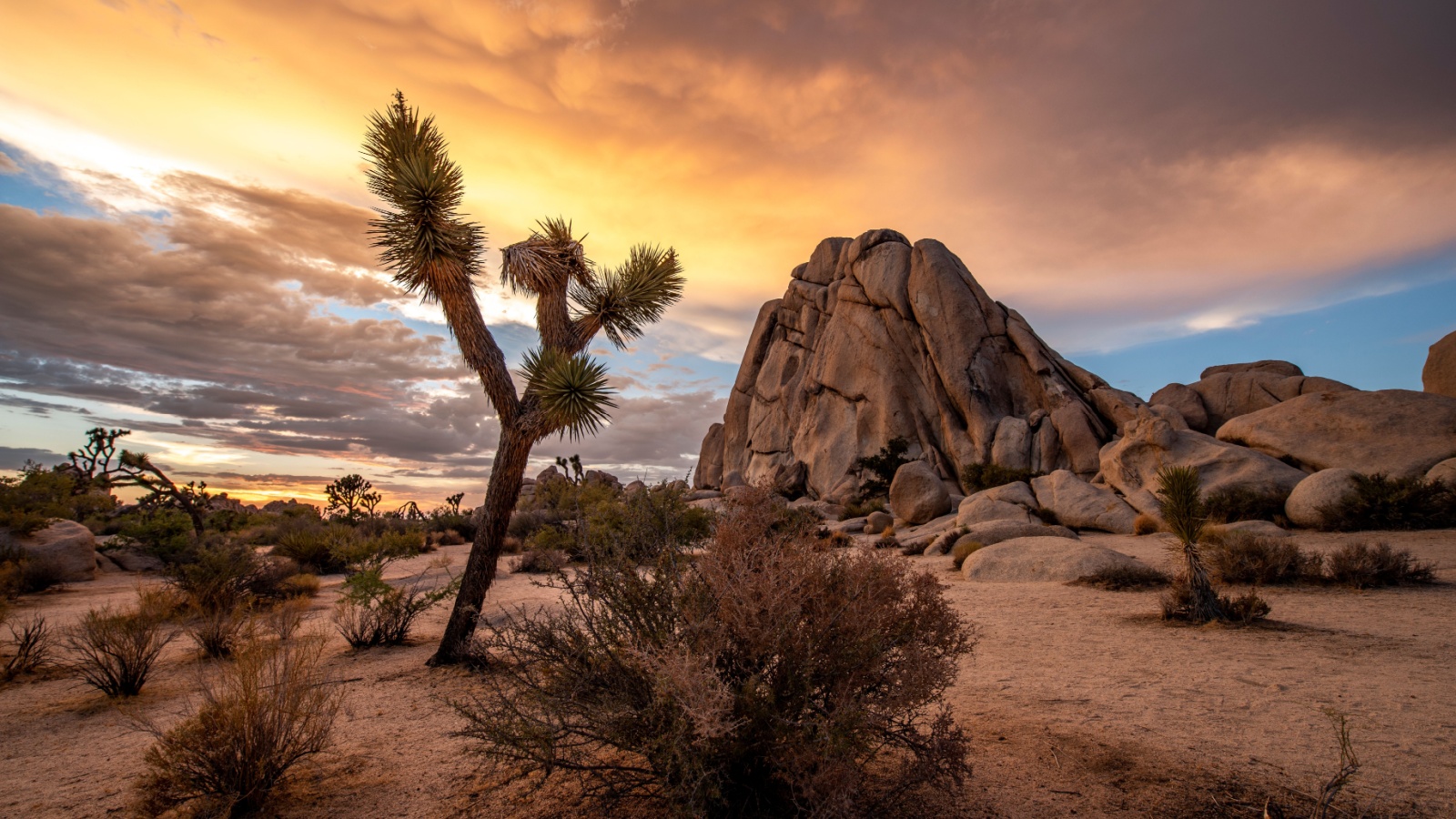
Joshua Tree National Park attracts over two million visitors each year with its unique desert landscapes and iconic Joshua trees. However, the park’s beauty comes with significant risks. Extreme temperature fluctuations between day and night can lead to severe dehydration and other heat-related illnesses.
A tragic reminder of these dangers can occur when visitors underestimate the harsh conditions, highlighting the need for adequate preparation.
2. Denali National Park
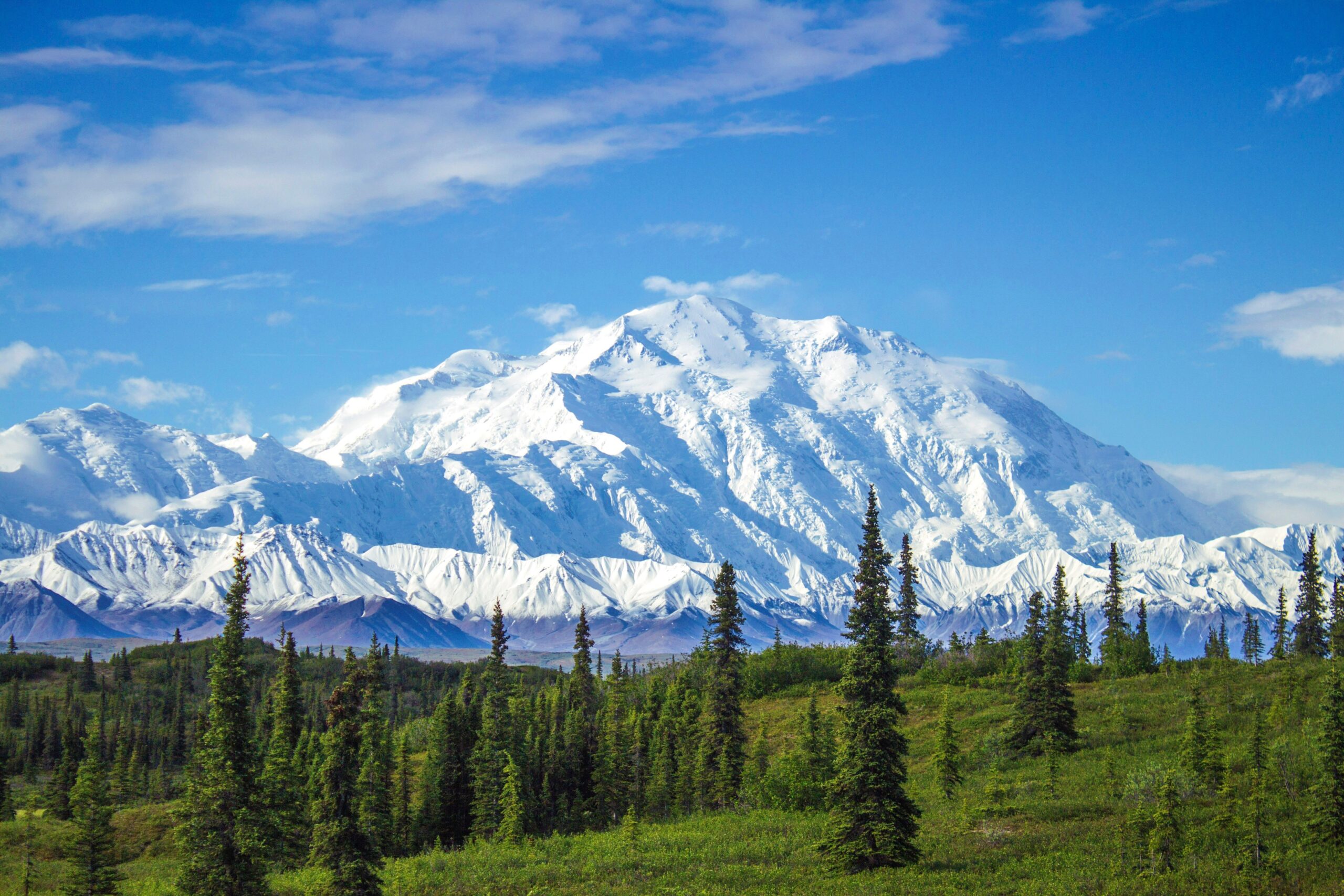
Denali National Park in Alaska is notorious for its harsh conditions. The extreme cold and heavy snowfall creates ideal conditions for avalanches, and adventurers face significant risks when climbing here. While the fatality rate has decreased over the years, the harsh realities of the wilderness remain evident.
The specific fatality rate fluctuates, so visitors must be well-prepared and informed before attempting a summit.
3. Sequoia and Kings Canyon National Parks
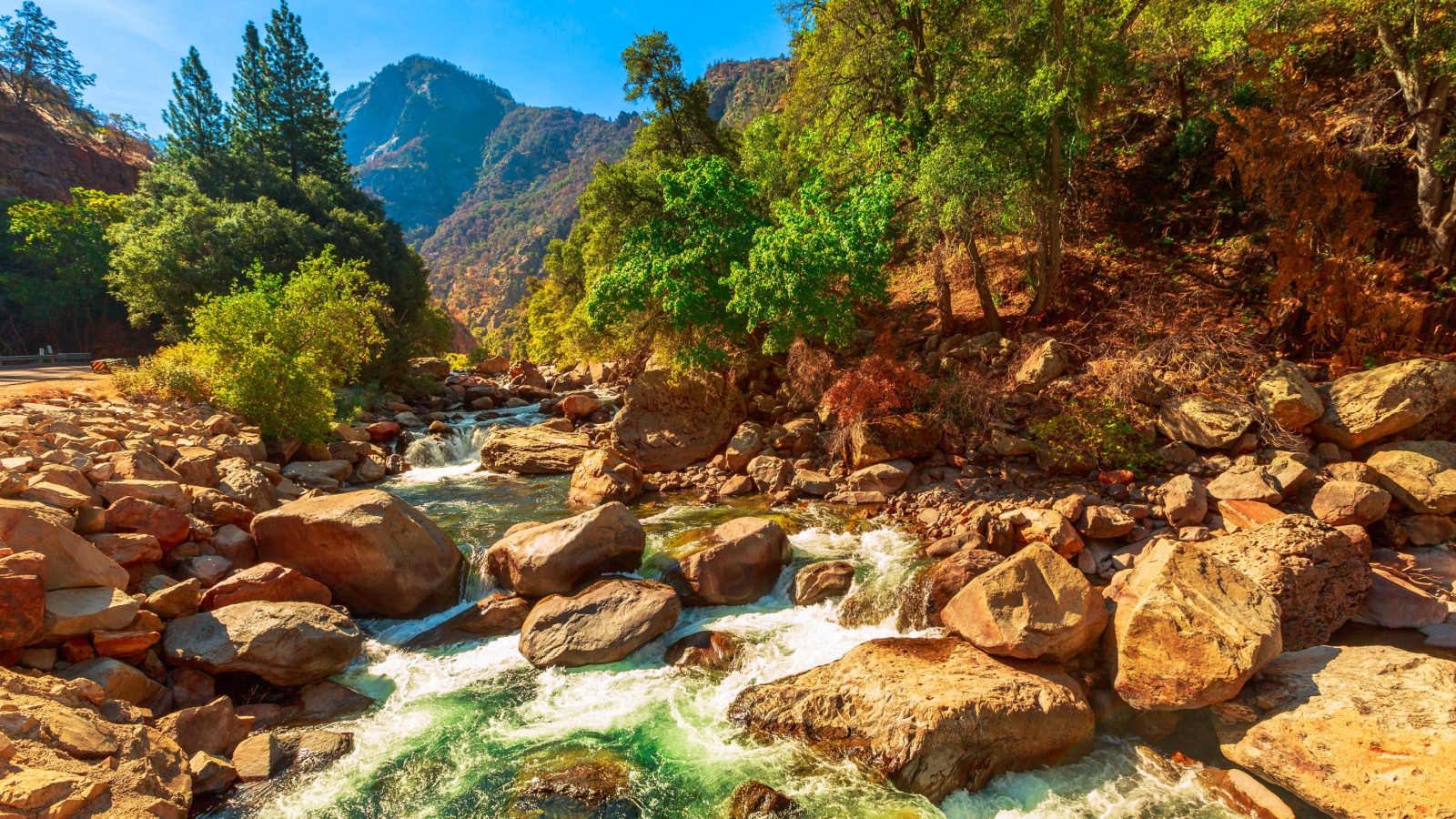
The giant sequoias of Sequoia and Kings Canyon National Parks offer a majestic but deceptive beauty. The size of these trees and the ruggedness of the terrain can lead to dangerous falls and getting lost is a real concern due to the remote backcountry. Hikers must navigate steep and treacherous paths while being mindful of the wildlife they might encounter.
4. Zion National Park
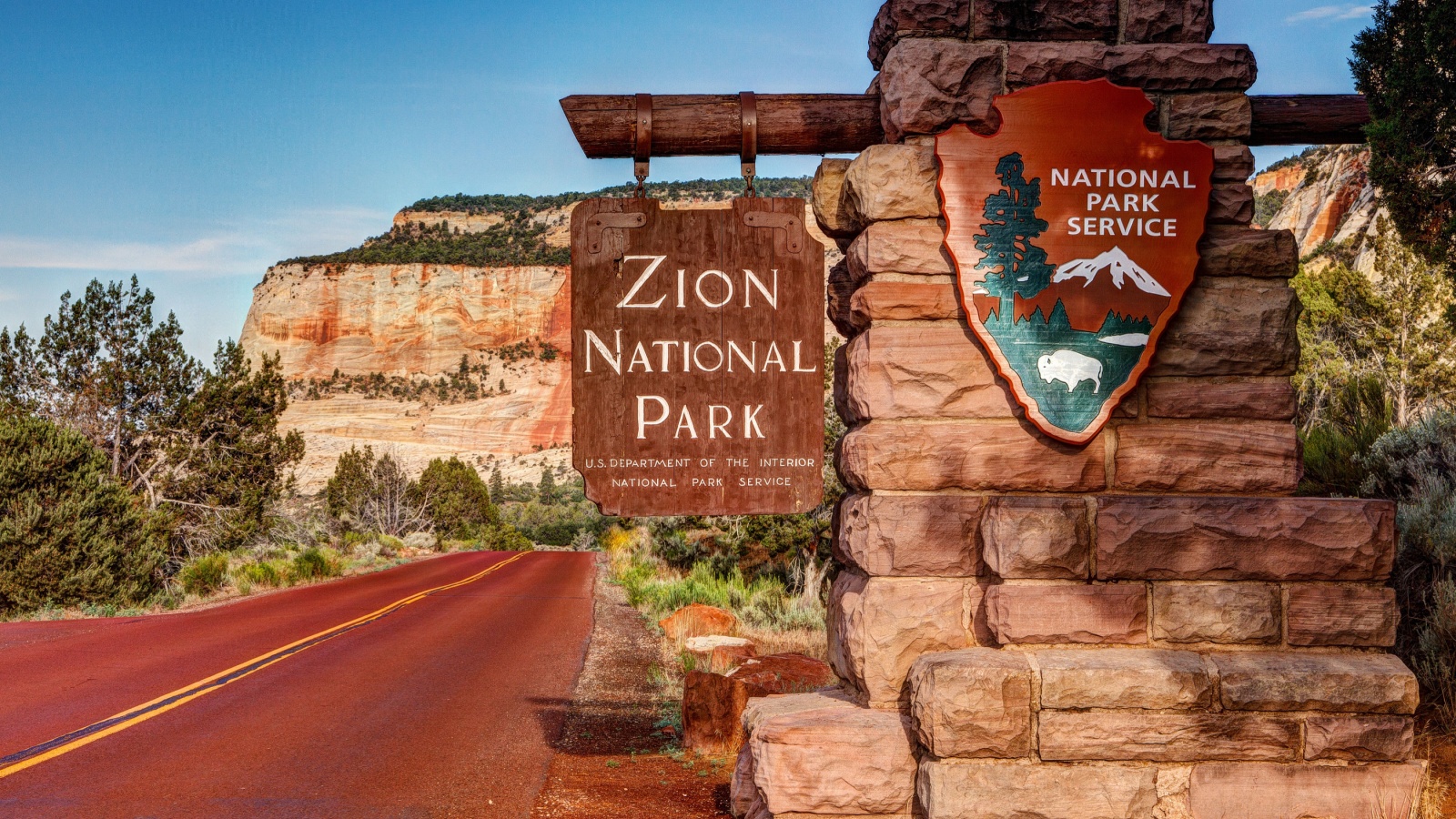
Utah’s Zion National Park is famed for its stunning cliffs and scenic canyons but holds a history of tragic incidents. In 2015, a flash flood in Keyhole Canyon claimed several lives. The narrow, precipitous trails like Angels Landing have seen multiple fatalities over the years.
Visitors must also beware of sudden lightning storms, particularly when hiking in exposed areas.
5. Grand Teton National Park
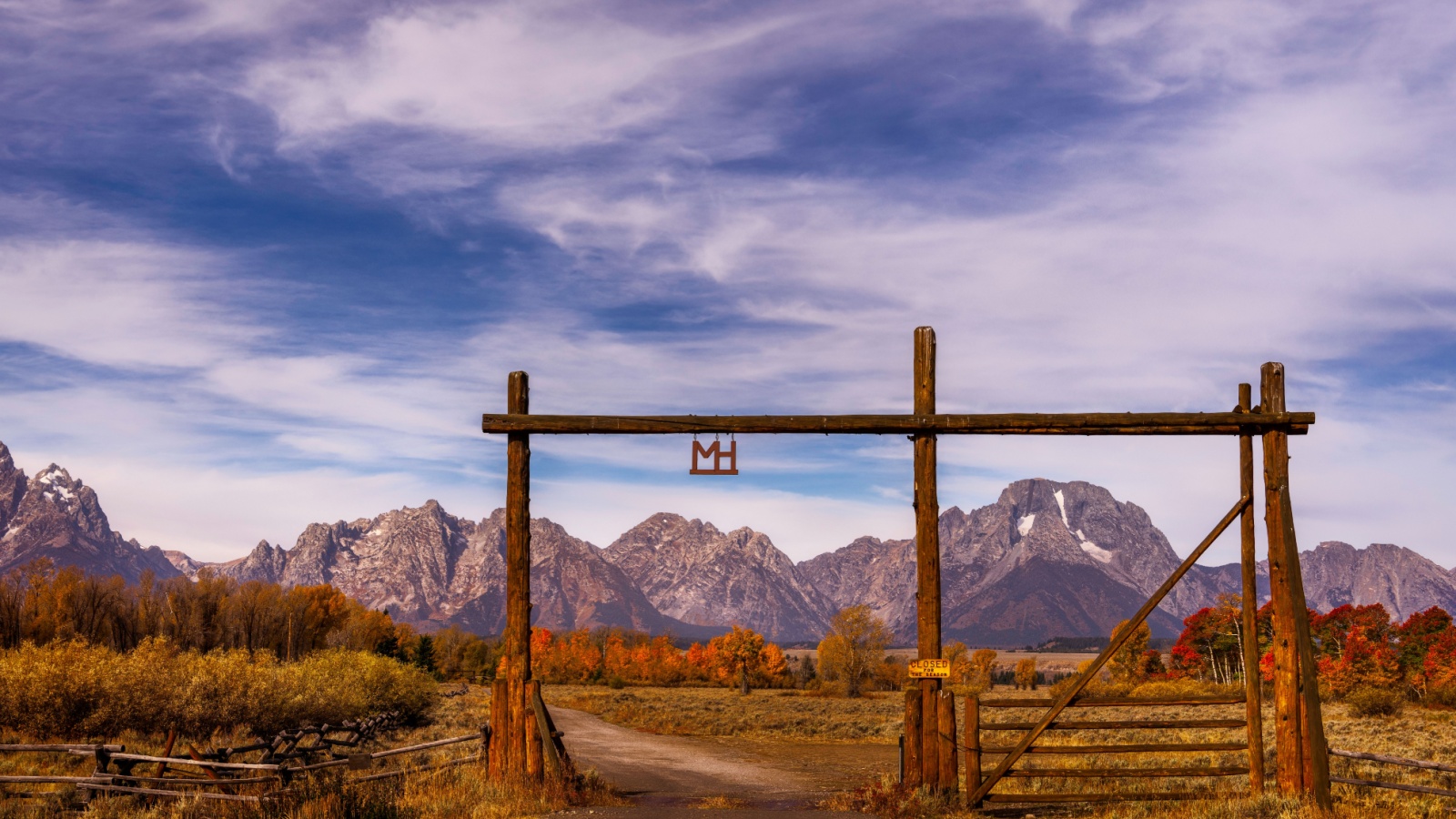
The breathtaking Grand Teton National Park is known for its dramatic peaks and pristine wilderness. However, its beauty is matched by the dangers it presents. Unpredictable weather, difficult climbs, and the risk of avalanches make it a challenging environment for even the most experienced climbers. Wildlife encounters add another layer of risk, emphasizing the need for proper preparation and knowledge.
6. Death Valley National Park
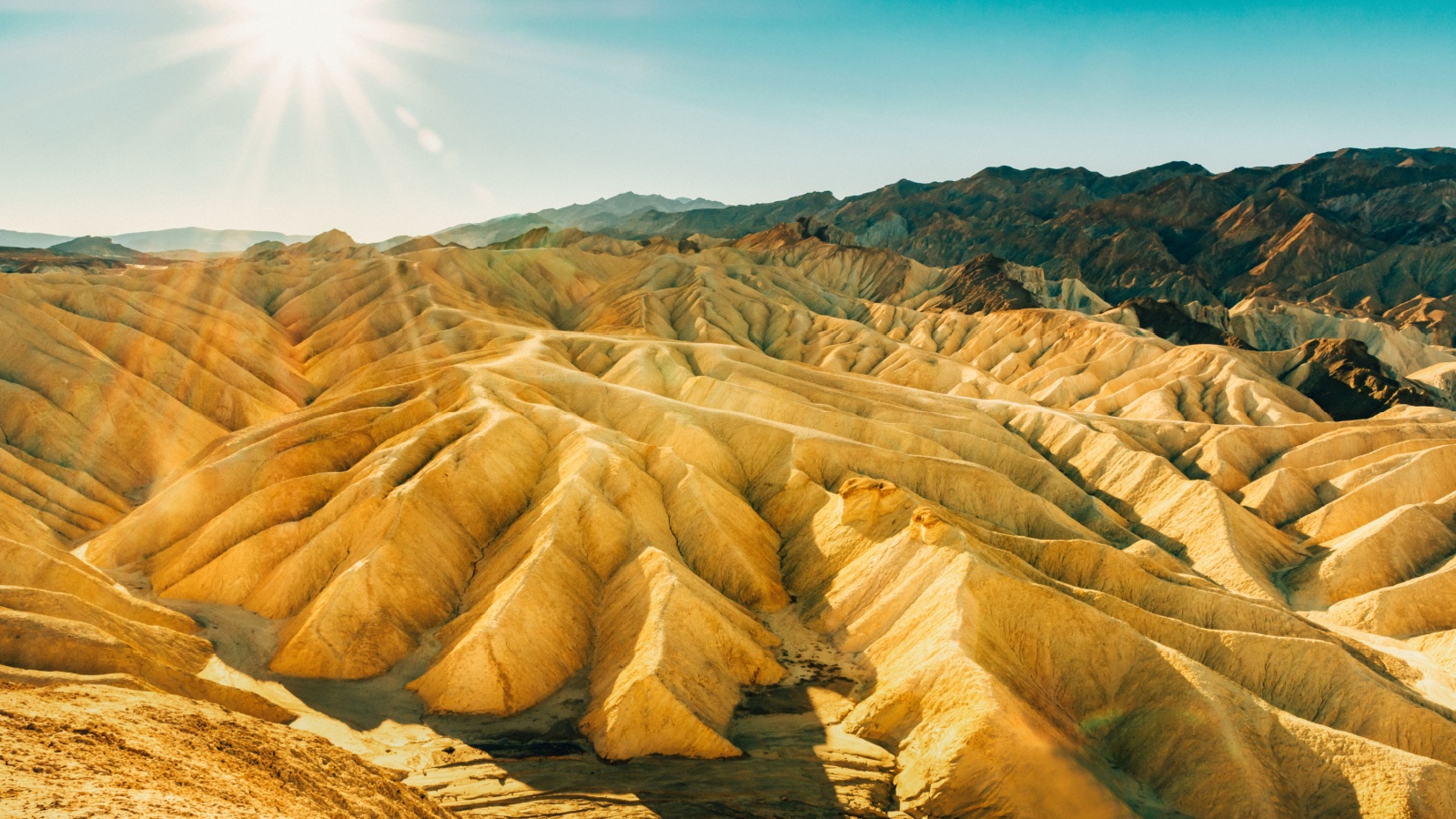
Death Valley National Park isn’t just known for its daunting name but also for holding the record of the hottest place on Earth—a scorching 134°F in 1913. The park’s extreme heat often exceeds 120°F in the summer, increasing risks of heatstroke and dehydration. Its vast, barren landscapes can disorient visitors, and sudden flash floods in canyons add to the peril, making it essential to stay prepared and hydrated.
7. North Cascades National Park
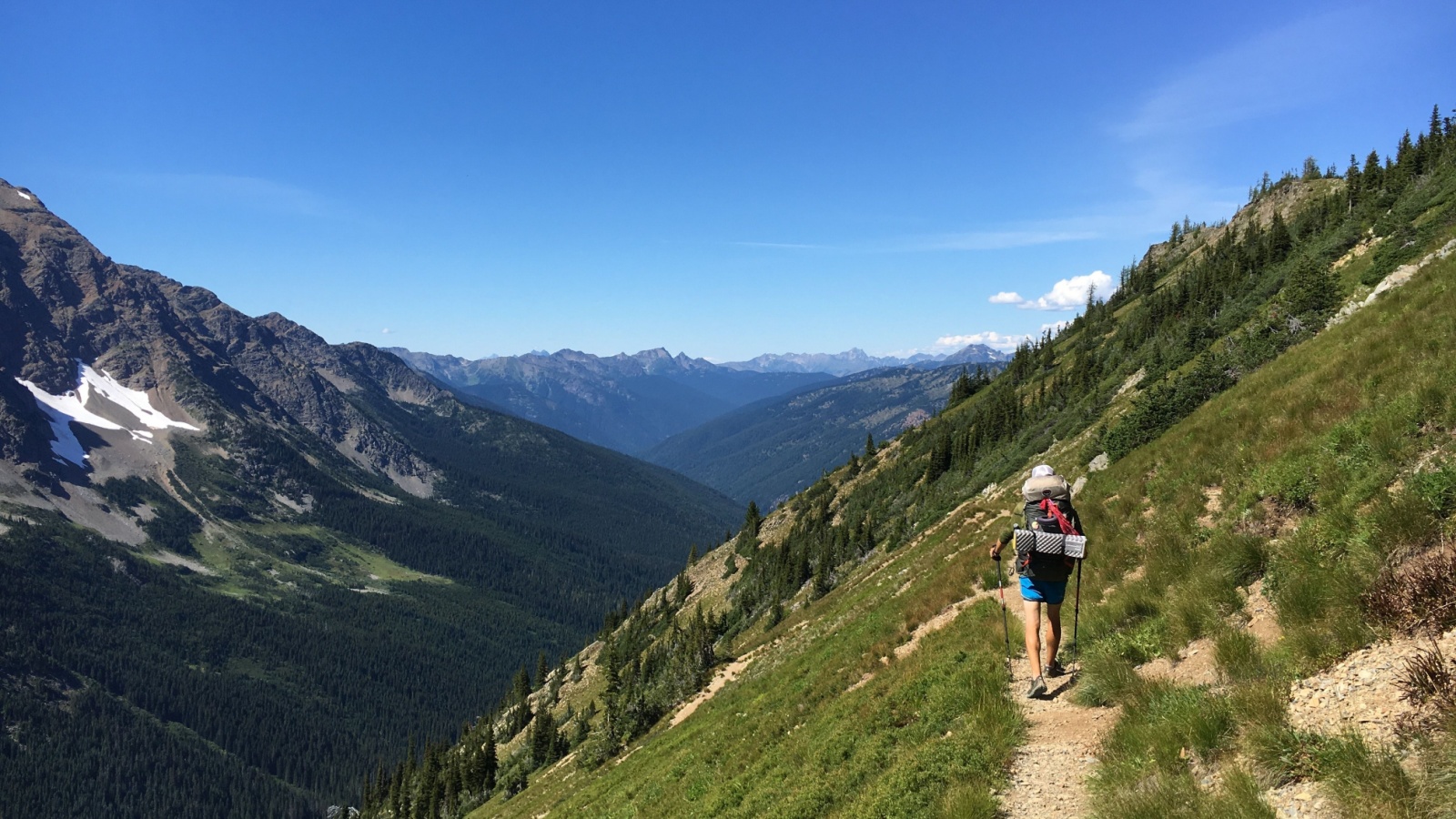
Though less known, North Cascades National Park in Washington State offers breathtaking but dangerous terrains. Its remote and rugged environment challenges even seasoned adventurers with unpredictable weather and treacherous high-altitude conditions. The presence of glaciers and rocky cliffs necessitates special skills and equipment for safe exploration, highlighting the importance of being well-prepared for sudden weather changes and potential falls.
8. Arches National Park
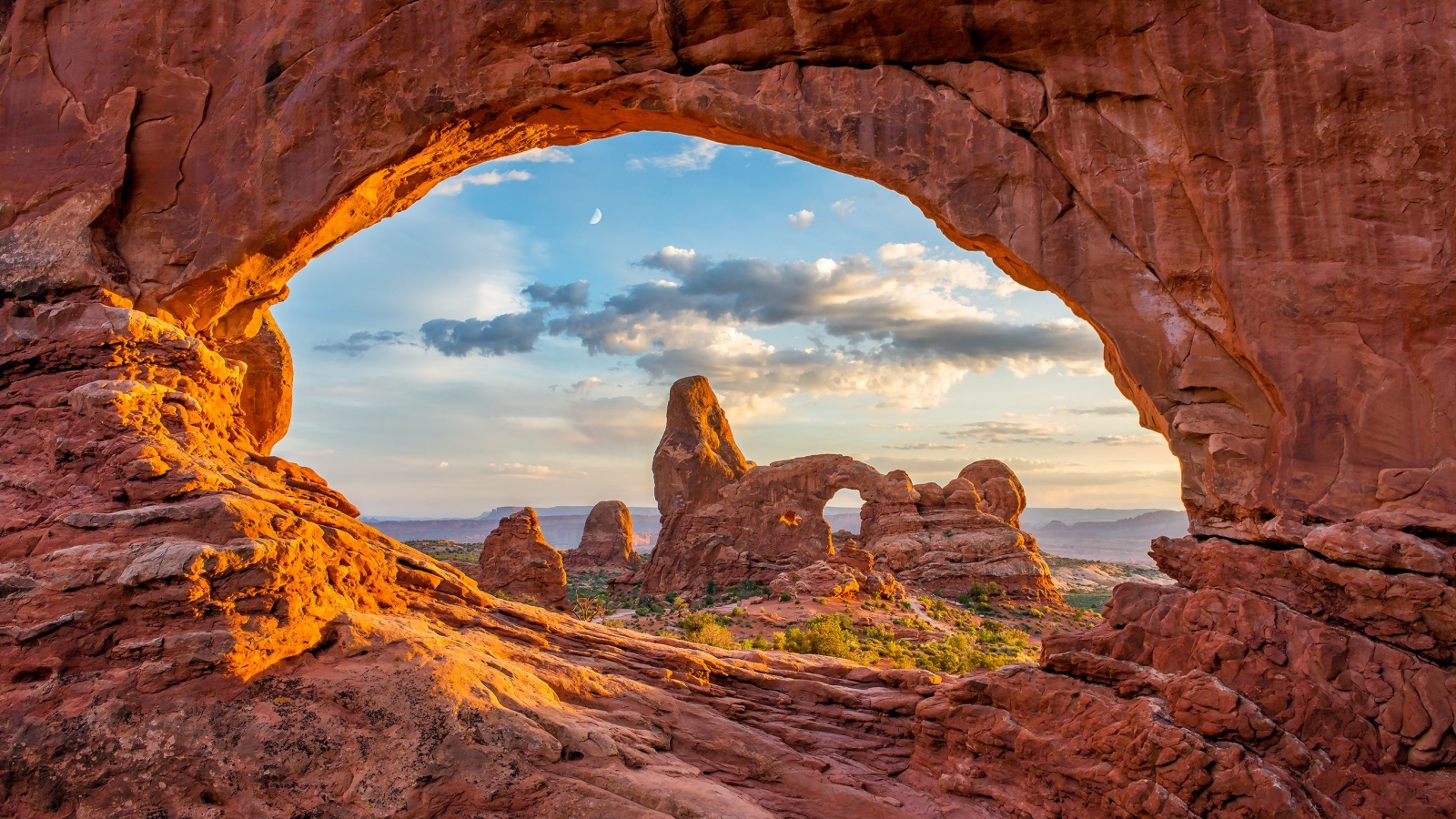
Arches National Park is celebrated for its stunning natural arches but is also notorious for its environmental hazards. Extreme temperatures, often topping 100°F in summer, pose serious threats of dehydration and heat-related illnesses. The park’s landscape features steep drop-offs and slick rock surfaces, which can be dangerous, especially when combined with the threat of flash floods in its narrow canyons.
Monitoring weather conditions closely and ensuring adequate preparation is essential for a safe visit.
9. Yellowstone National Park
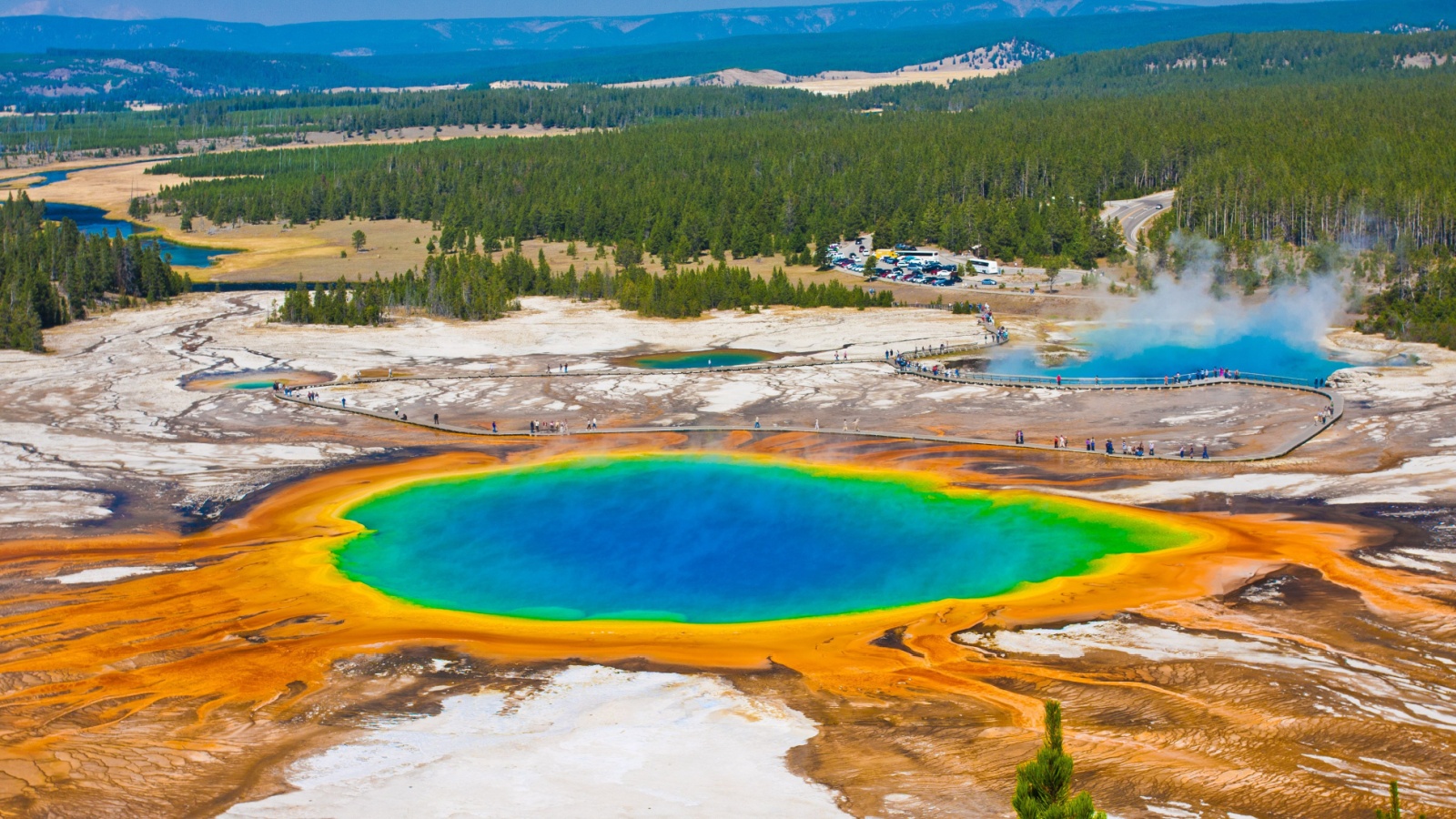
Yellowstone National Park, famous for its dramatic landscapes and rich wildlife, also harbors dangers beneath its beauty. Its vast wilderness can disorient visitors, making it easy to get lost. Encounters with wild animals like bears and bison can be dangerous, requiring visitors to maintain a safe distance and stay alert. Additionally, the park sits atop a supervolcano, adding a unique backdrop to the natural risks present.
10. Glen Canyon National Recreation Area
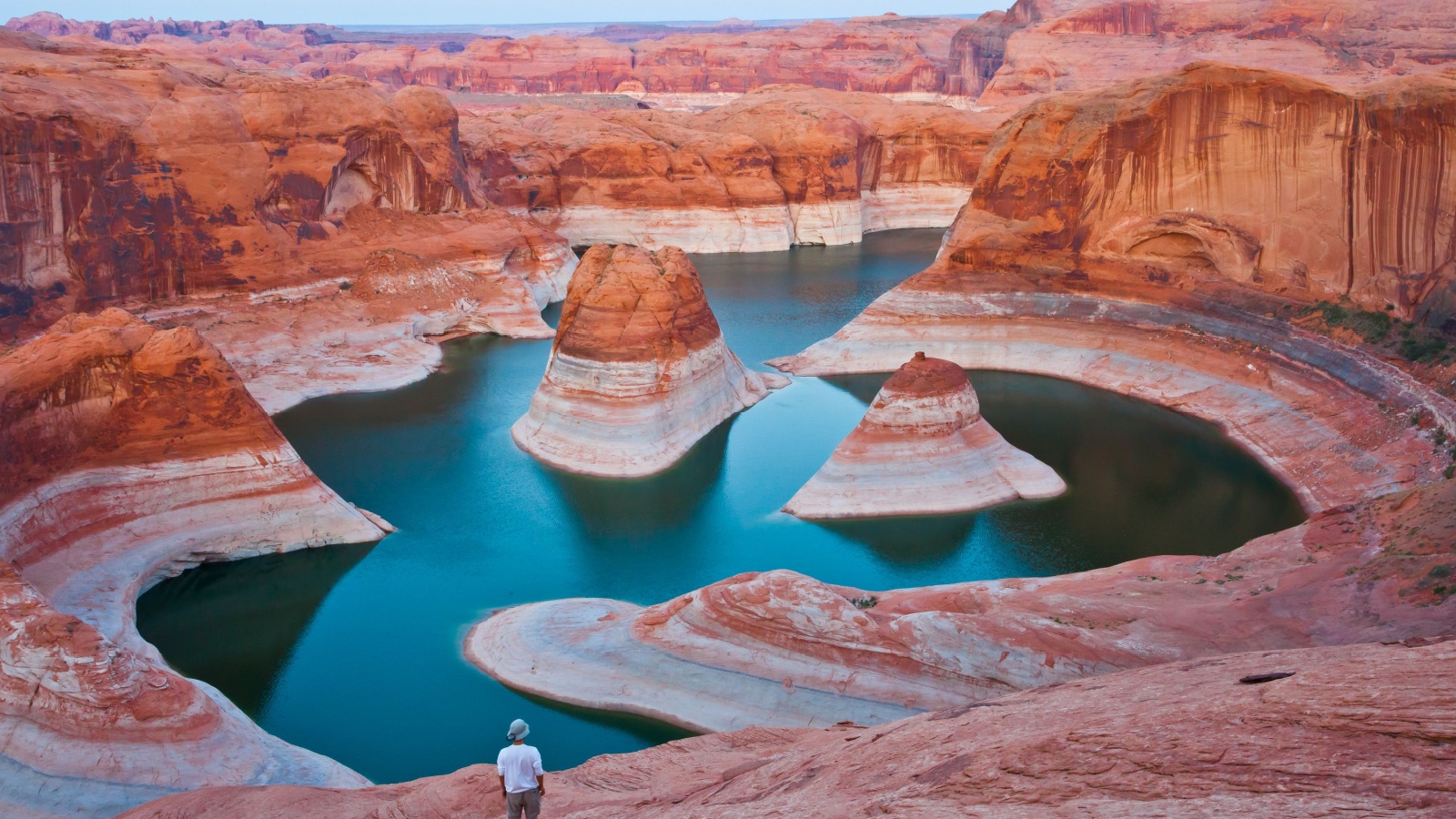
Glen Canyon offers a mix of majestic canyons and sparkling waters but is not without risks. The water levels in Lake Powell can change unexpectedly, creating boating and swimming hazards like submerged rocks and strong currents. The remote canyons, while captivating, pose challenges such as extreme heat and potential for getting lost, emphasizing the need for careful planning and preparation.
11. Olympic National Park
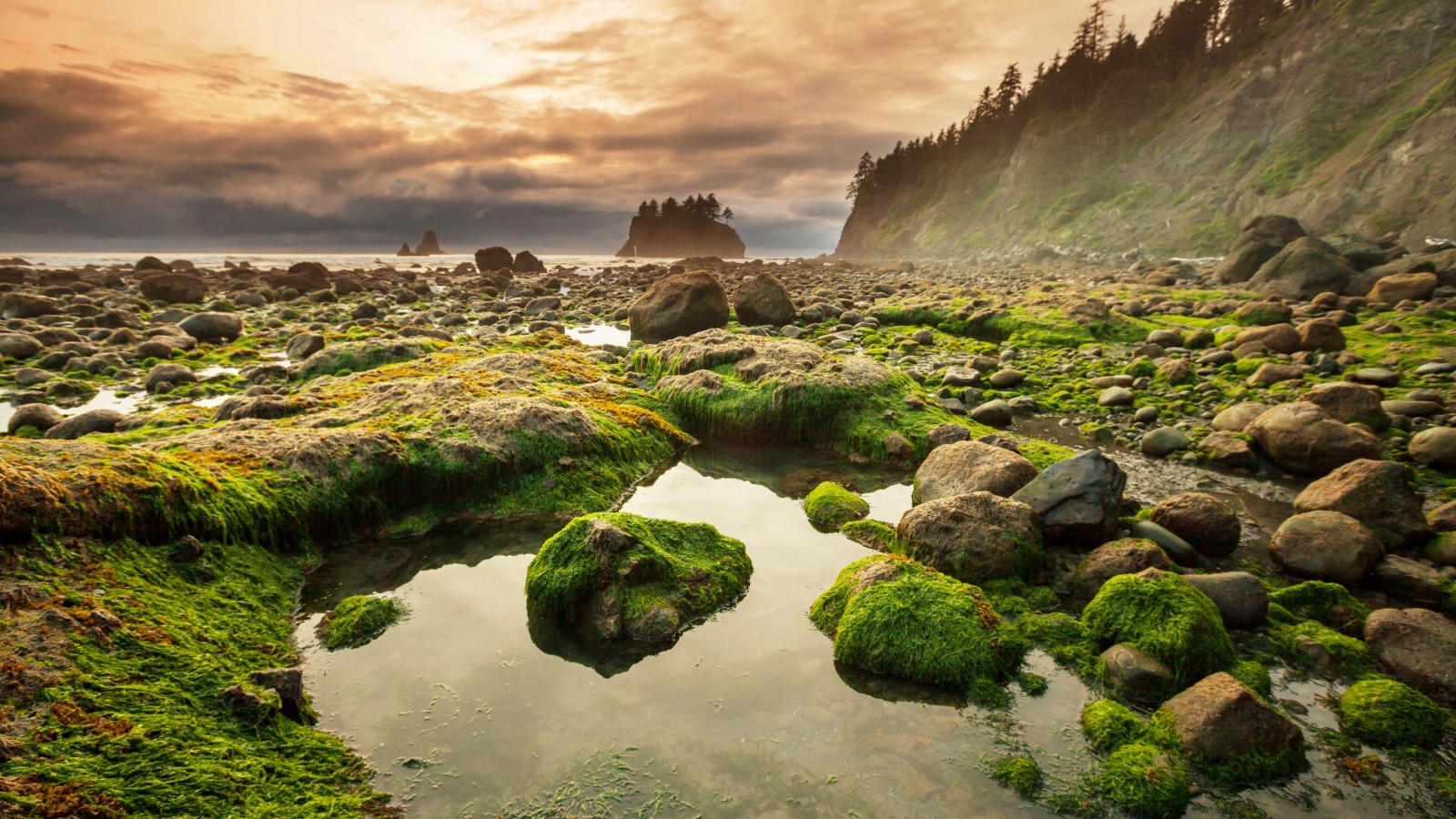
Olympic National Park’s diverse landscapes range from rugged coastlines to lush rainforests and towering peaks. This beauty comes with dangers such as dense forests that can disorient, sudden mountain weather changes creating treacherous conditions, and strong coastal currents that are hazardous for swimmers. Visitors should be well-prepared for navigation and weather challenges to safely enjoy the park’s natural wonders.
12. Virgin Islands National Park
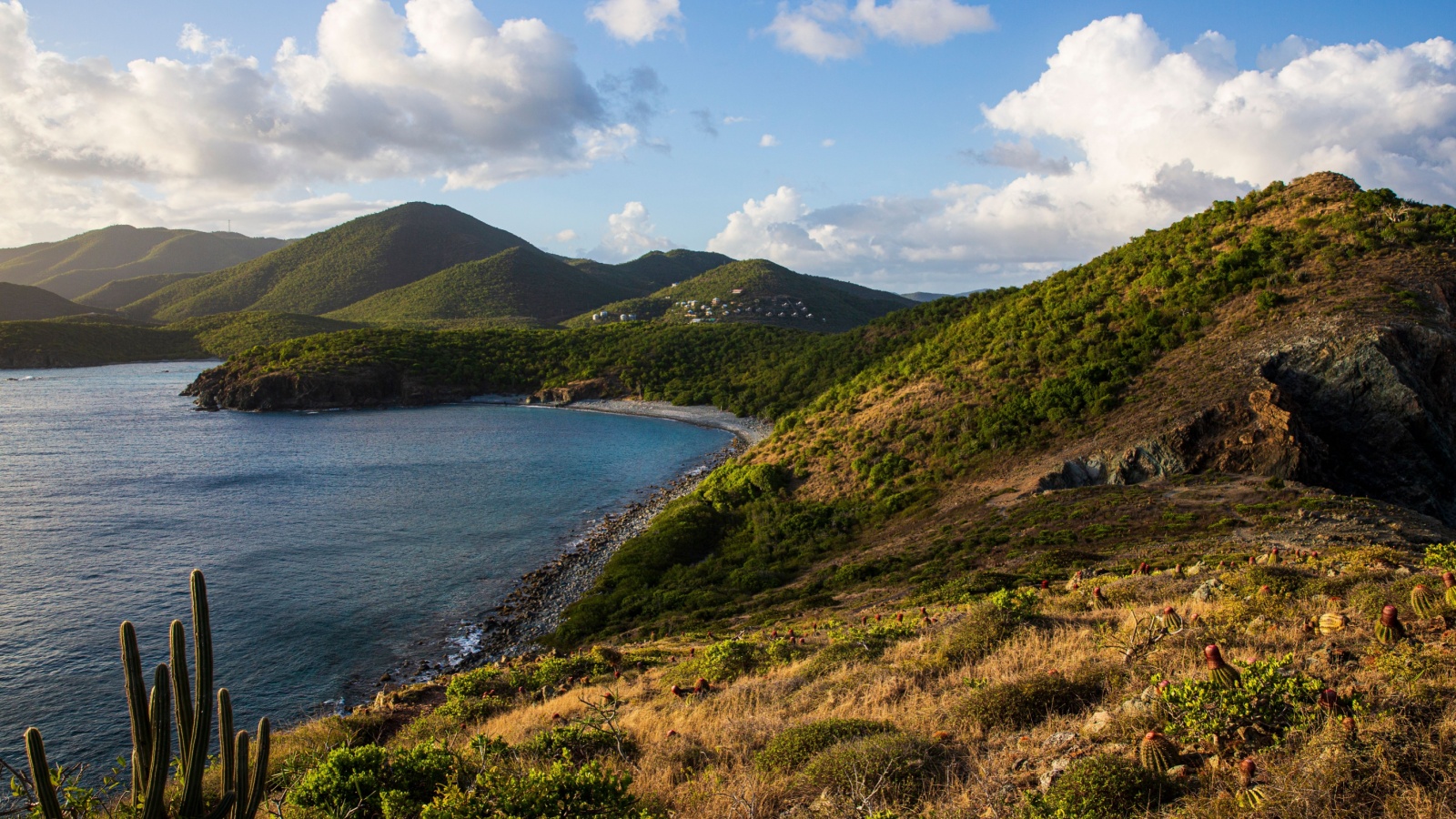
Virgin Islands National Park, a tropical paradise, hides risks in its beauty. The ocean harbors jellyfish and sea urchins, and strong currents can pose serious dangers. On land, the tropical climate can lead to dehydration and heat exhaustion.
While exploring the park’s remote trails, staying on marked paths is crucial to avoid getting lost and be well-prepared for the tropical conditions.
13. Channel Islands National Park
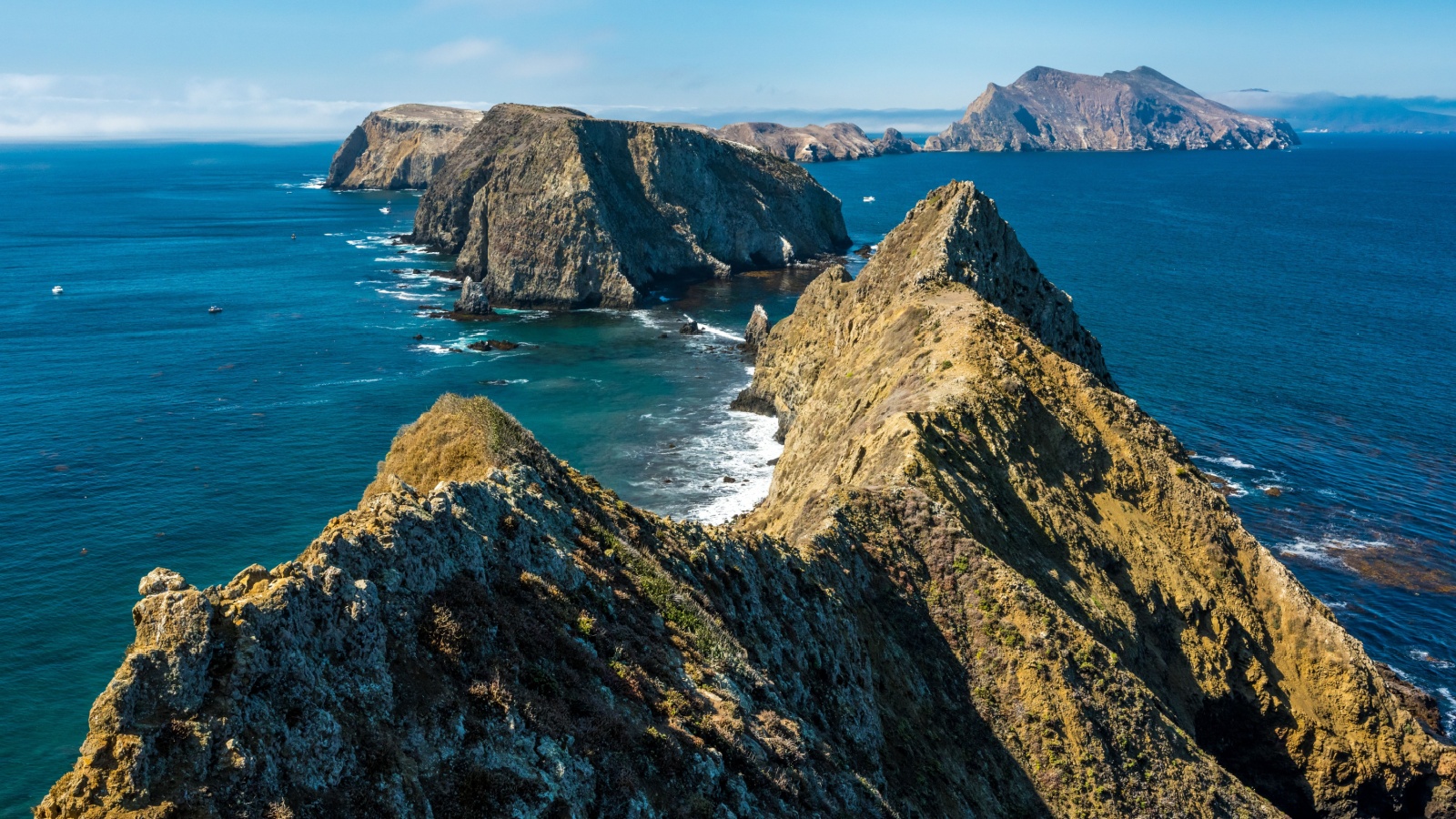
Channel Islands National Park encompasses five unique islands, each offering distinct experiences but presenting dangers due to their isolation. The unpredictable weather can make sea crossings hazardous. Once you arrive, the limited amenities and services mean you must rely on your preparation and knowledge.
The national park requires thorough planning and self-sufficiency to navigate its challenges safely.
14. New River Gorge National Park
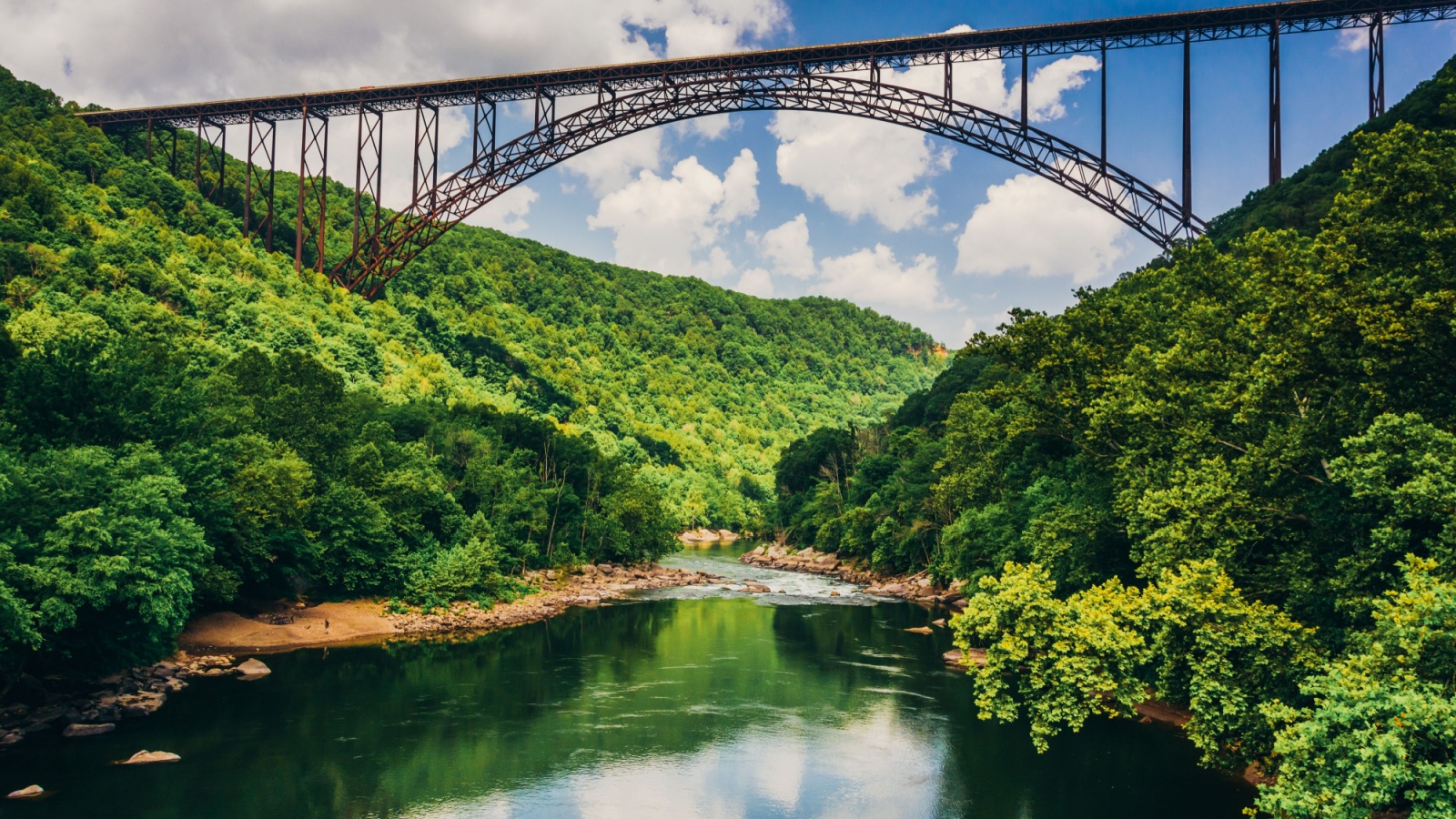
New River Gorge National Park in West Virginia is a haven for thrill-seekers with its top-notch whitewater rafting, rock climbing, and hiking. However, these exciting activities come with inherent risks. The New River’s rapids are intense and can be dangerous for the unprepared, while the park’s rock climbing presents significant fall risks.
It’s important to be well-equipped and aware of your limits before tackling these adventures.
15. Rocky Mountain National Park
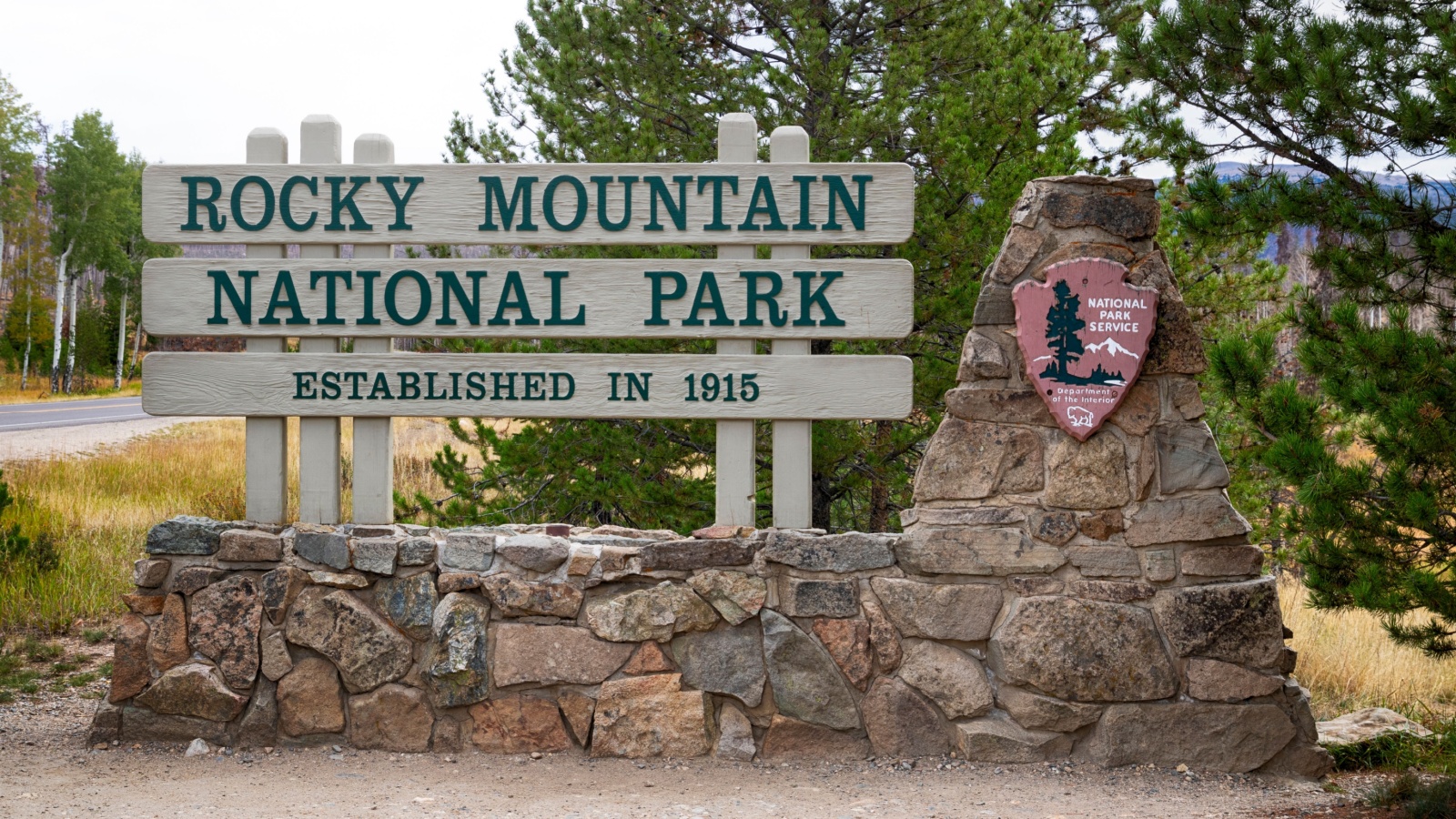
Rocky Mountain National Park in Colorado is known for its stunning views and diverse wildlife but also poses natural challenges. High altitudes can cause sickness in those not acclimated, and wildlife encounters require careful handling to avoid danger. Prepare for altitude adjustments and educate yourself on wildlife safety to make the most of your visit.
16. Great Smoky Mountains National Park
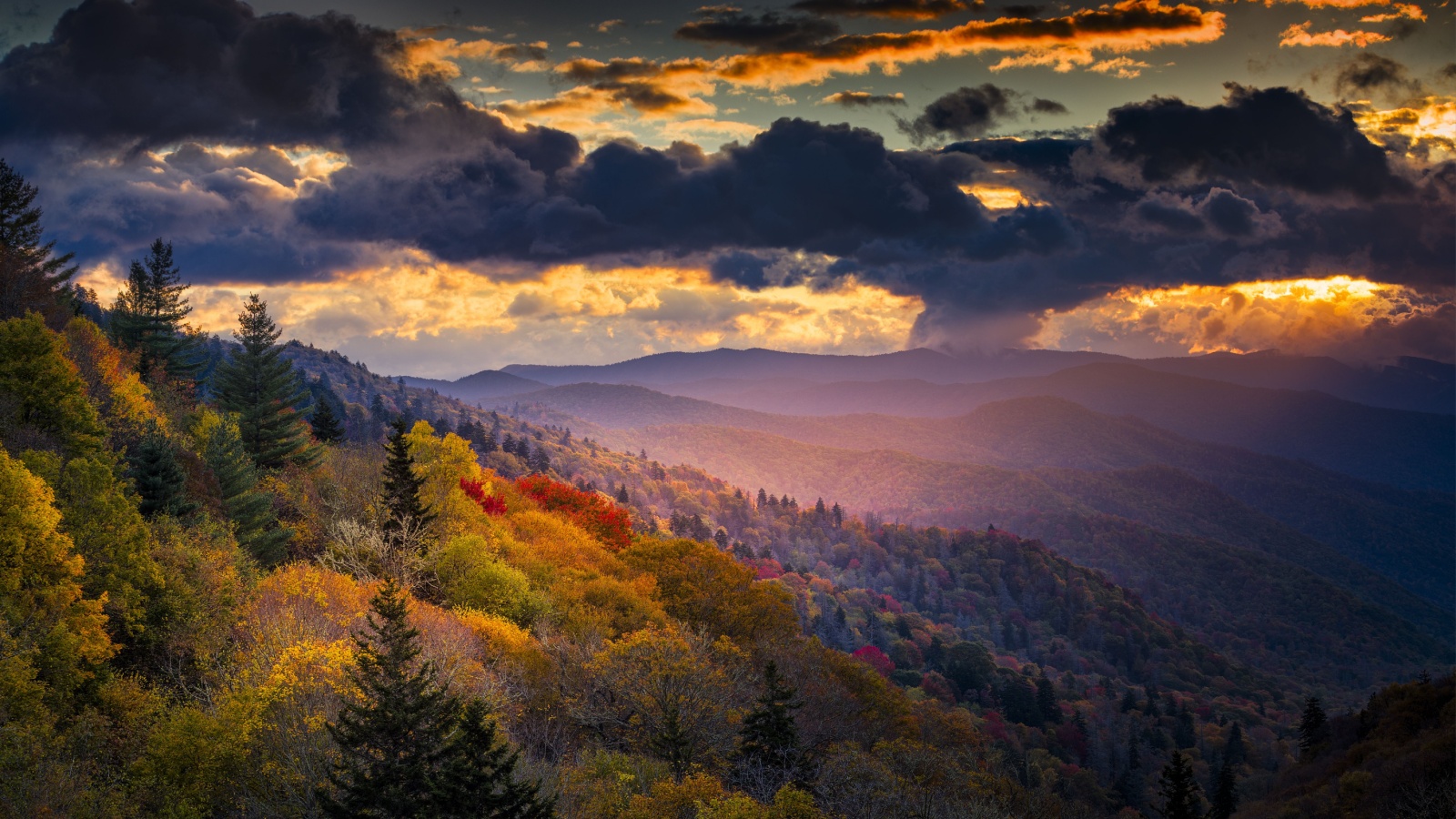
The Great Smoky Mountains National Park, located on the border between North Carolina and Tennessee, offers lush forests and misty peaks but also has its perils. The presence of bears and the unpredictable weather, including dense fog and sudden storms, demand cautious preparation and behavior. Remembering simple bear encounter rules and preparing for variable weather conditions can help ensure a safe trip.
17. Big Bend National Park
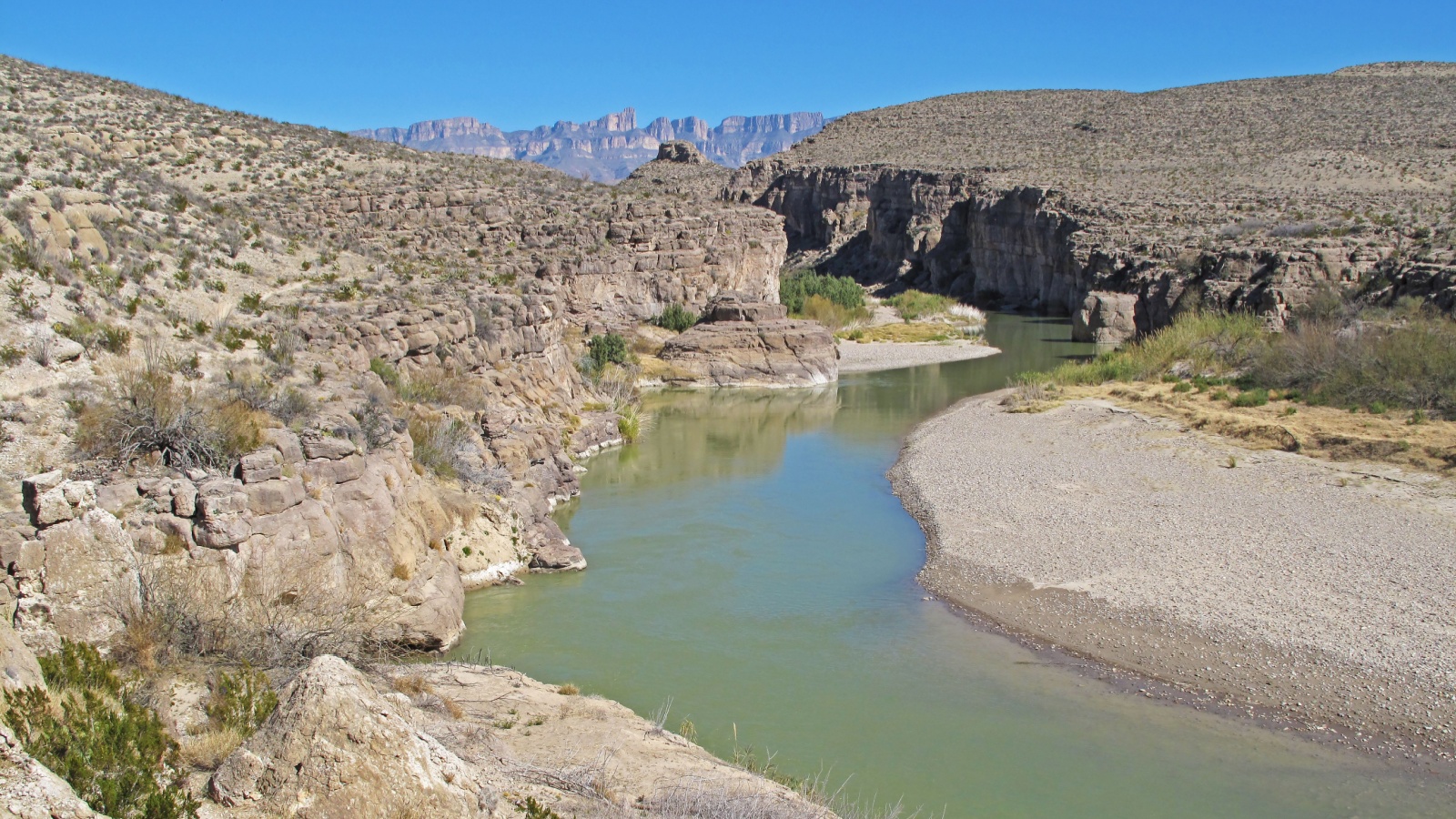
Big Bend National Park in Texas combines desert, mountains, and river settings, which contribute to its beauty and risks. The extreme desert climate can lead to severe dehydration and heat-related issues. The remote and rugged terrain increases the likelihood of falls, making it essential to plan thoroughly and ensure you have adequate water and safety gear.
A tragic incident in recent years underscores the need for caution in this challenging environment.
18. Yosemite National Park
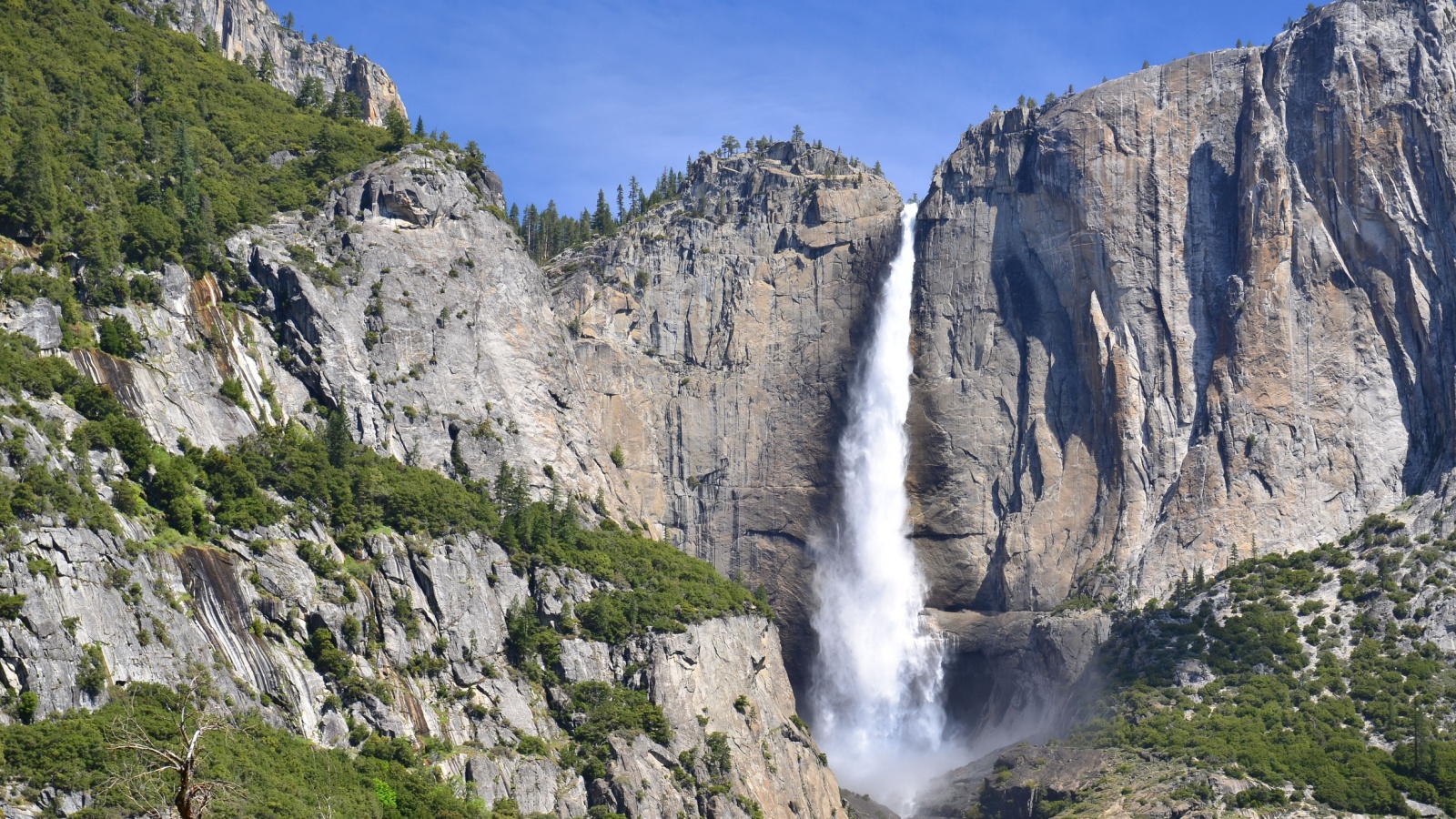
Yosemite National Park, a jewel of the Sierra Nevada, is celebrated for its cliffs, waterfalls, and sequoias but also holds considerable dangers. Climbing its iconic peaks like El Capitan can be treacherous with numerous recorded accidents. The fast-moving waters of its rivers and waterfalls in the spring and early summer present additional hazards. Proper food storage is also crucial to avoid attracting bears. Be well-prepared with appropriate gear and knowledge of the park’s conditions for a safer visit.
19. Acadia National Park
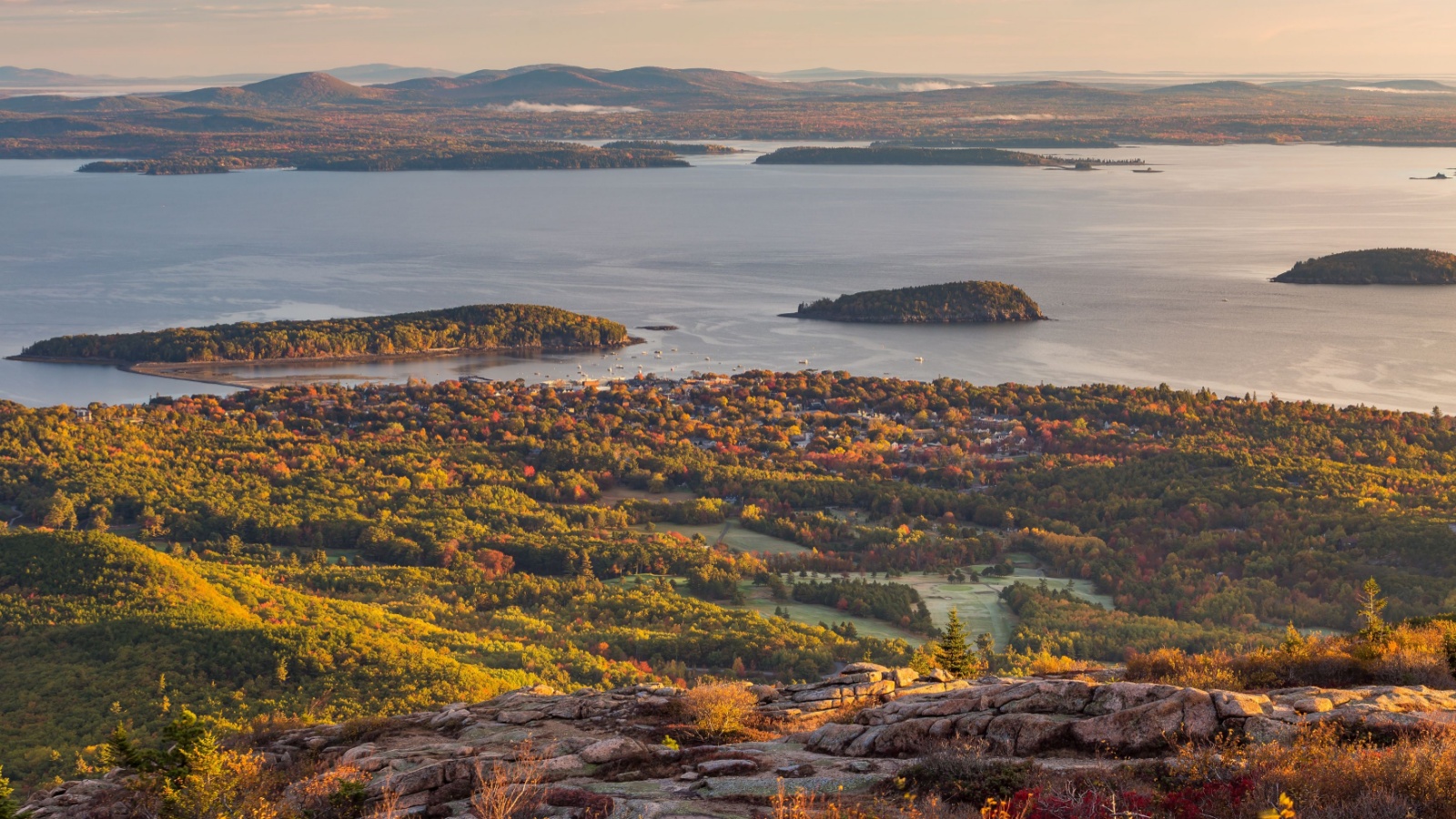
Acadia National Park, known as the Crown Jewel of the North Atlantic Coast, offers stunning views as the highest point along the North Atlantic seaboard. However, its beauty comes with risks, especially from the powerful ocean waves that crash along its coastlines. These waters can be treacherous, leading to water rescues and some fatalities.
Visitors must respect the ocean’s power to ensure a safe and enjoyable visit to this majestic park.
20. Redwood National and State Parks
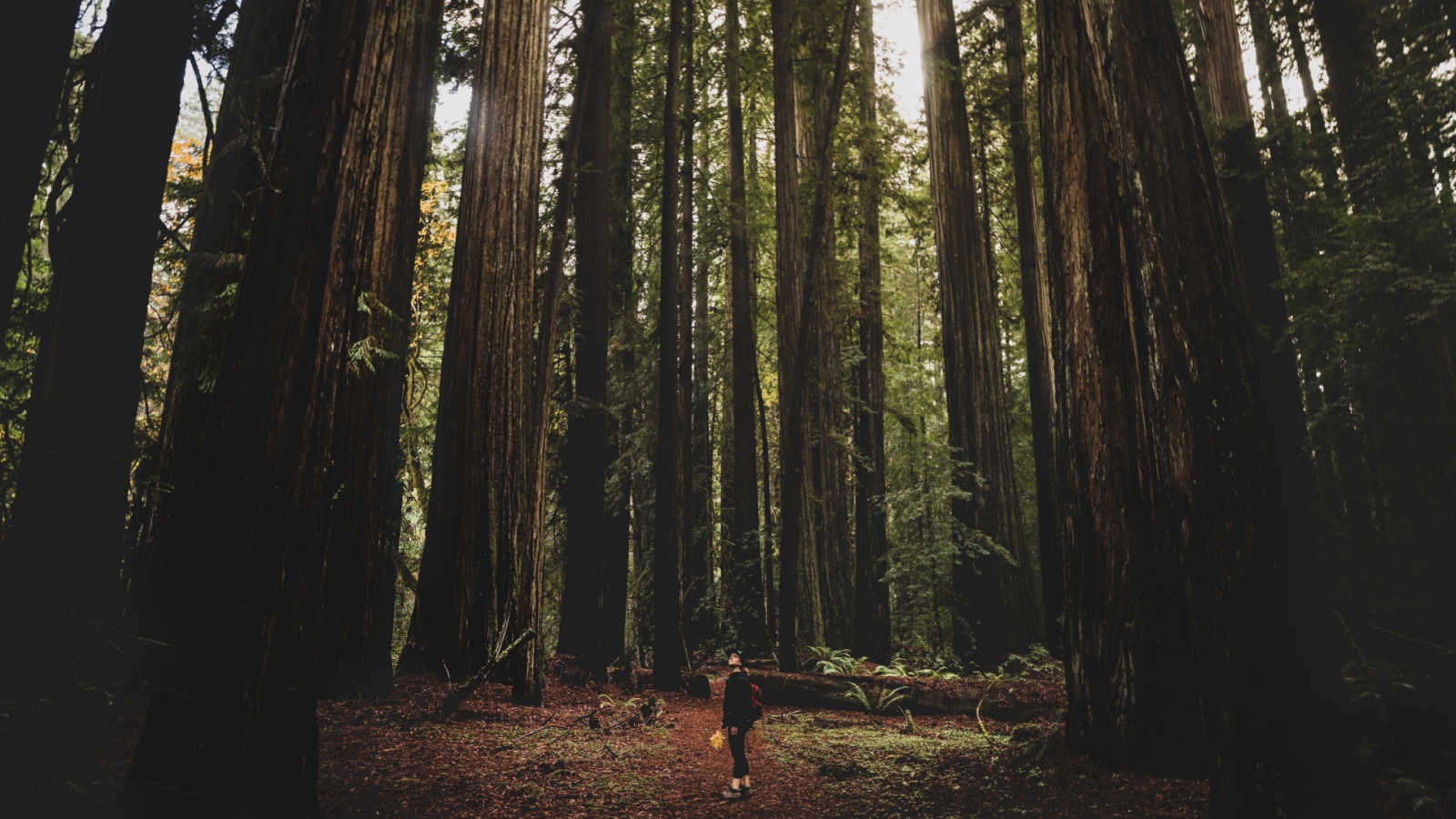
Redwood National and State Parks in Northern California are home to some of the tallest and oldest trees on Earth. The park’s dense forests and unique coastline bring their own set of challenges. Encounters with wildlife, like wild elk and mountain lions, require caution.
In case of encounters with mountain lions, it’s important to make yourself appear larger and make noise to avoid an attack. The California coastline here is also susceptible to tsunamis, adding another layer of risk.
21. Grand Canyon National Park
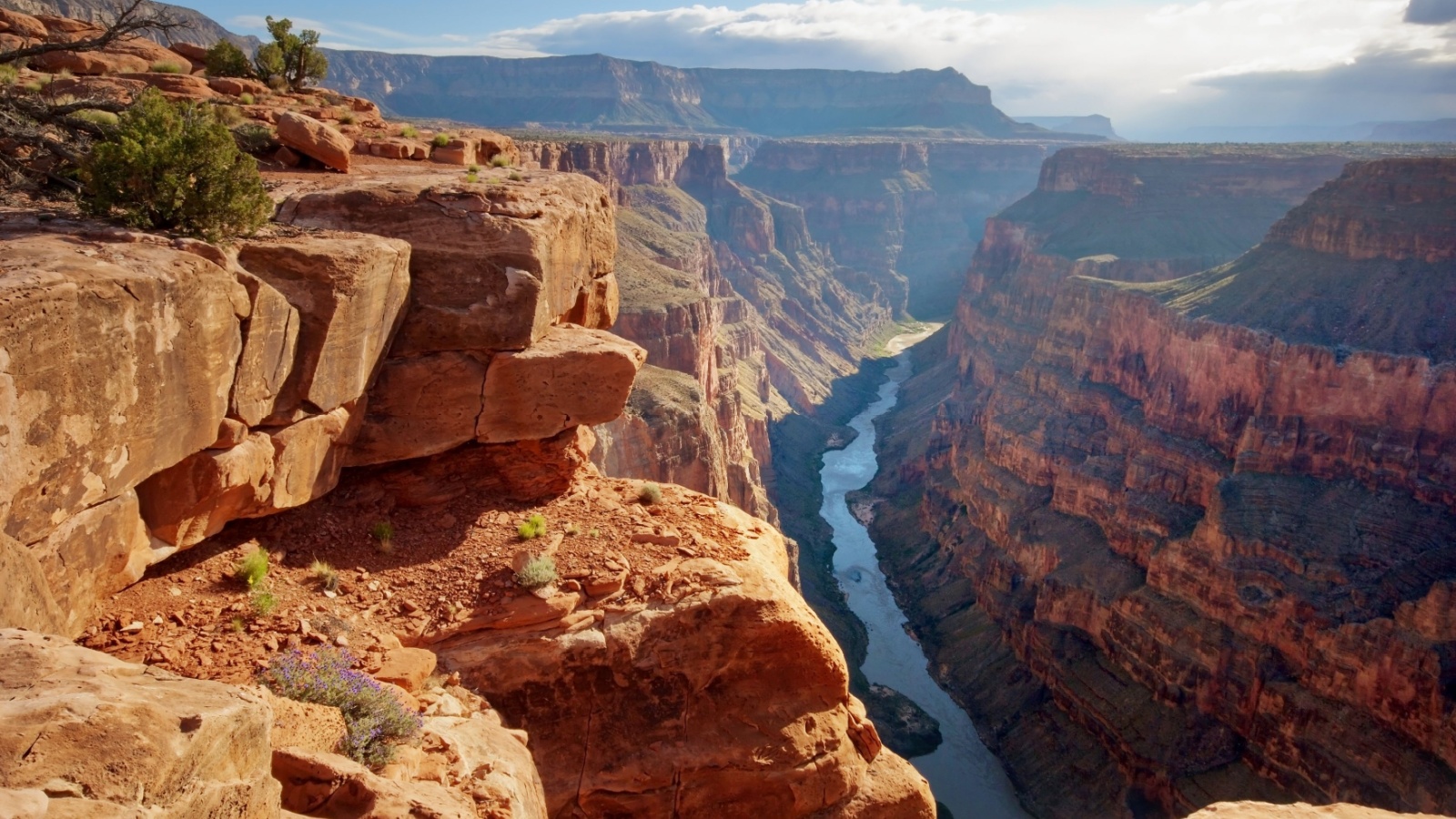
Grand Canyon National Park is more than just a stunning view. It’s a location where safety must be prioritized due to the challenging trails and extreme environmental conditions. The steep trails and significant temperature variations between the rim and canyon floor can lead to serious health risks, such as dehydration and heat exhaustion.
Always be mindful of your surroundings, especially at the canyon’s edge, to avoid accidents and ensure a safe visit.
22. Mount Rainier National Park
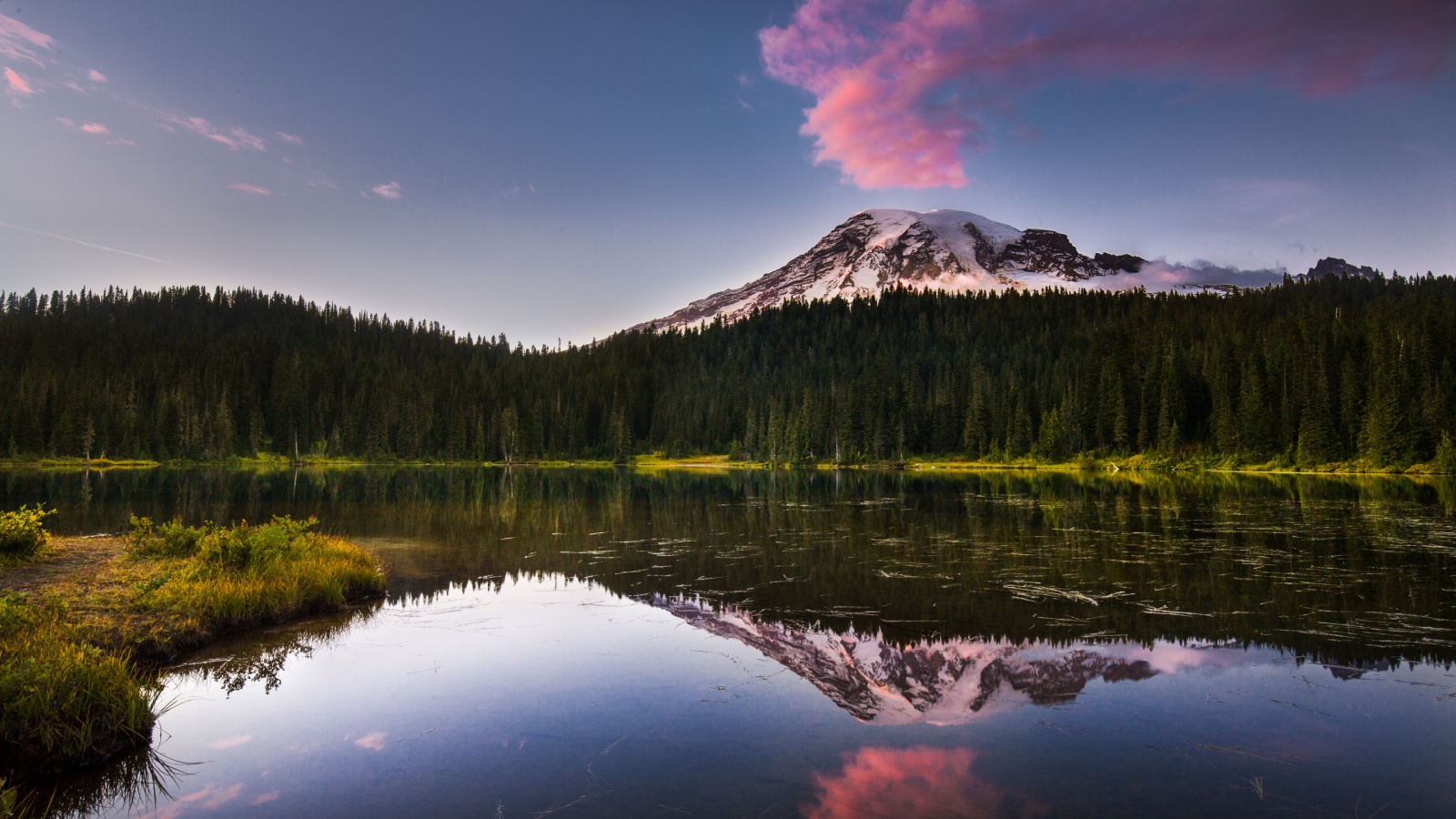
Mount Rainier National Park, featuring the most glaciated peak in the contiguous U.S. and an active volcano, poses severe threats beyond volcanic activity. The 1981 glacier collapse during a descent that claimed multiple lives highlights the mountain’s dangers. This event underscores the need for proper preparation and respect for the mountain’s unpredictable conditions, especially when the weather turns treacherous.
23. Guadalupe Mountains National Park
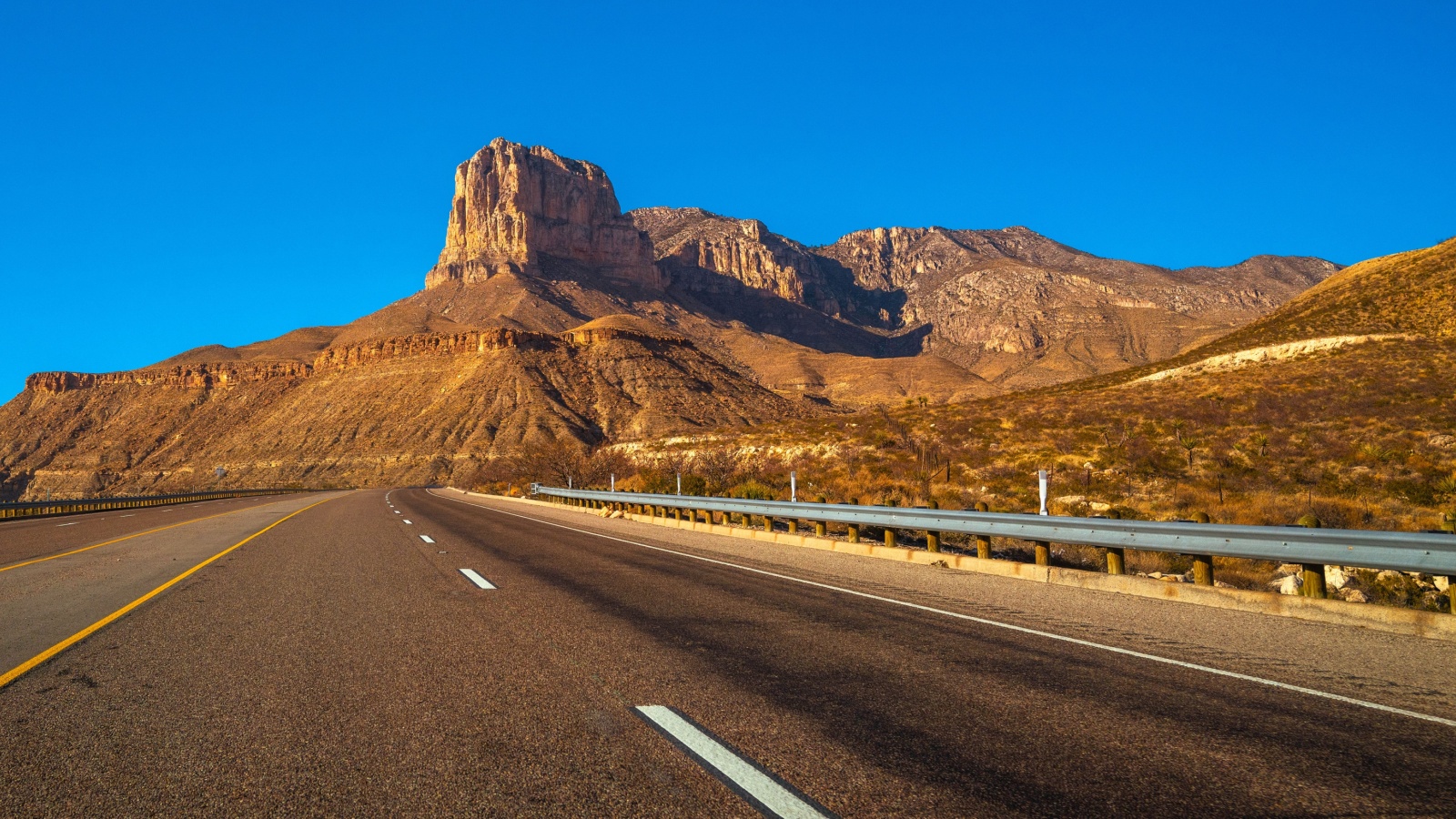
In Texas, Guadalupe Mountains National Park offers breathtaking desert landscapes and the state’s highest peak. However, the desert climate here can be harsh, characterized by extreme temperature fluctuations and high dehydration risks. Recent fatal incidents, including one involving a hiker, serve as solemn reminders of the park’s environmental challenges.
Proper planning and preparation are essential for a safe visit.
24. Indiana Dunes National Park
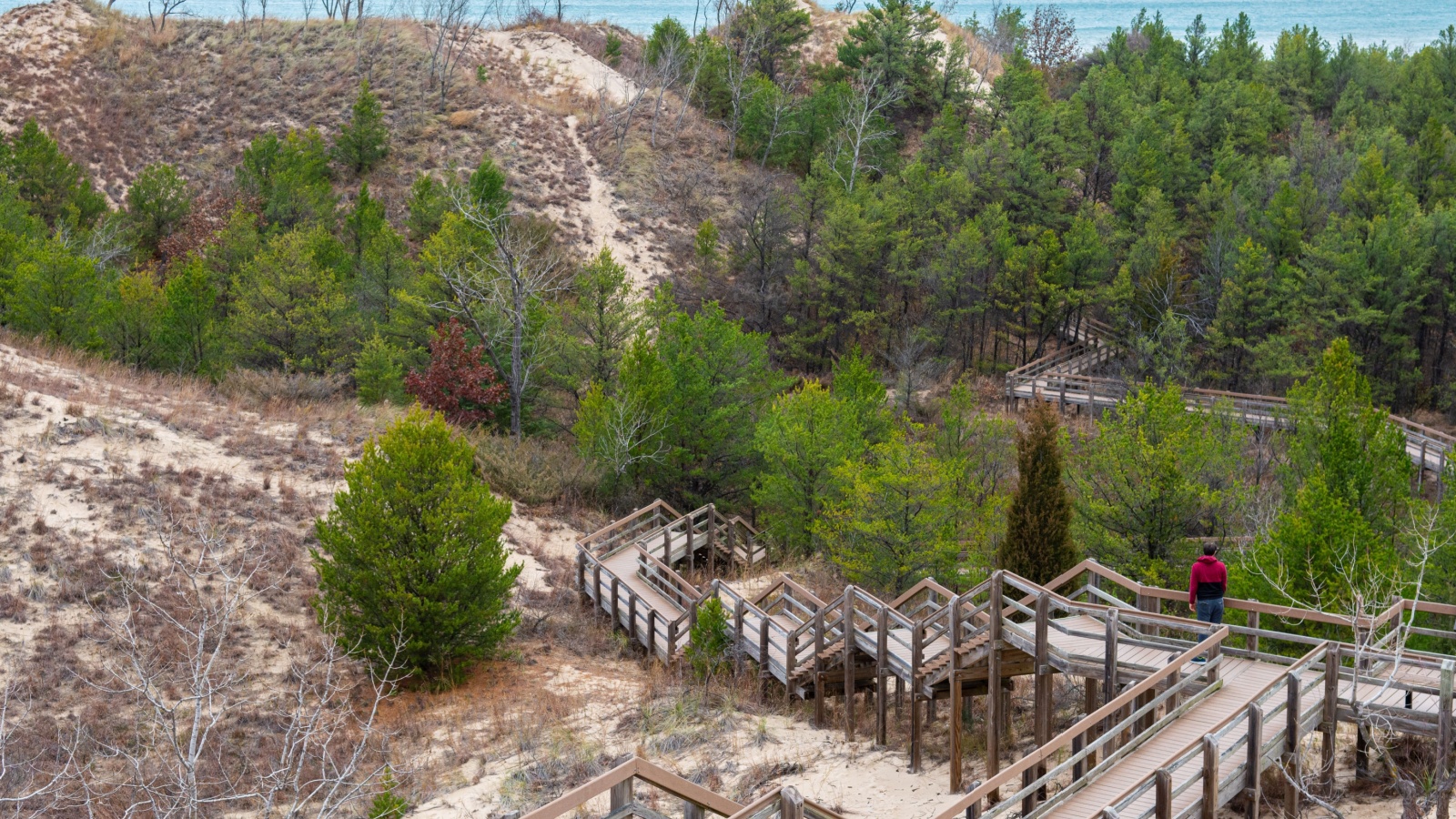
With its remarkable dune formations and extensive shoreline, Indiana Dunes National Park presents unique hazards. The shifting sands can be unstable, creating the potential for collapses or falls. The lake’s strong currents and rapid weather changes pose significant dangers for water activities.
A tragic incident in 2020, where a young man drowned due to a strong wave, emphasizes the need for vigilance and respect for natural forces when enjoying this diverse park.
17 Most Devastating Tornadoes In History
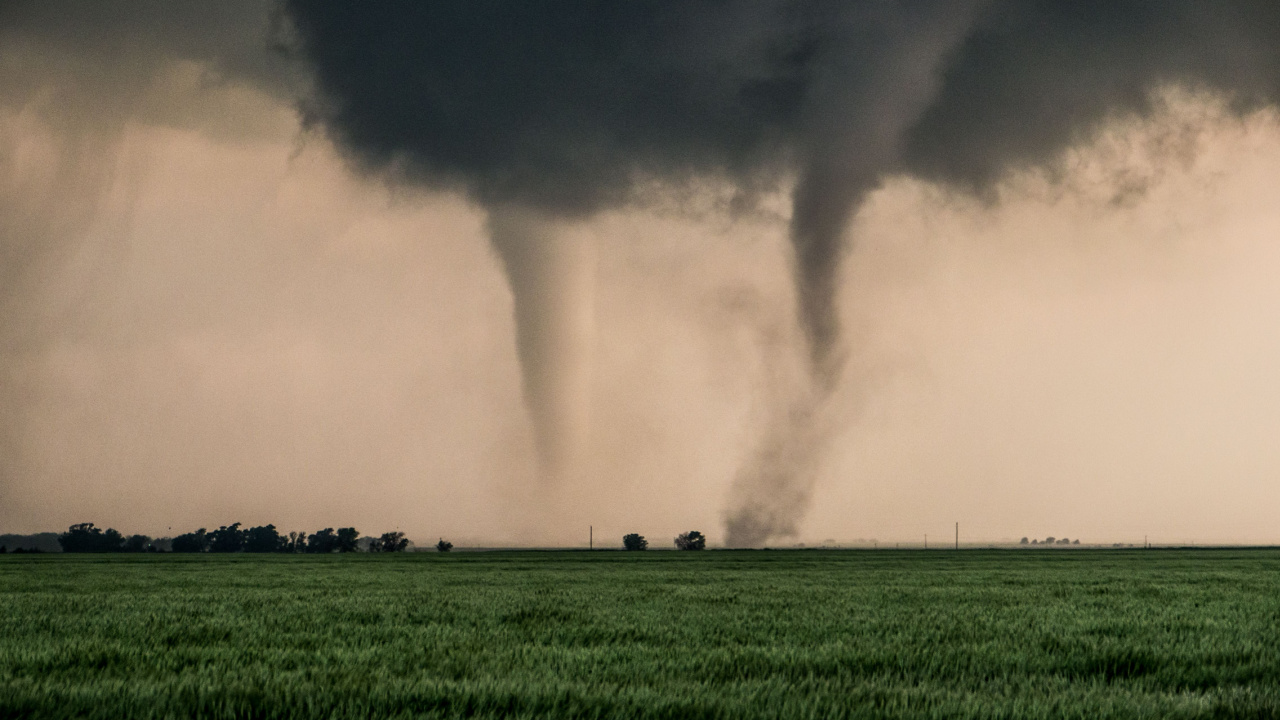
Nature’s fury is terrifying, and tornadoes are among the most deadly natural phenomena. These 17 deadly tornadoes highlight nature’s power and the resilience of humans in the aftermath of such devastation.
24 Most Devastating Blizzards in US History

For preppers, understanding the power and impact of historic blizzards is key to being prepared for future winter emergencies. Each of these historic snowstorms teaches valuable lessons about resilience, planning, and survival. The more prepared we are, the better our chances of survival in an emergency scenario.
- Read More: 24 Most Devastating Blizzards in US History
23 Riskiest Cities To Be During a Power Grid Collapse
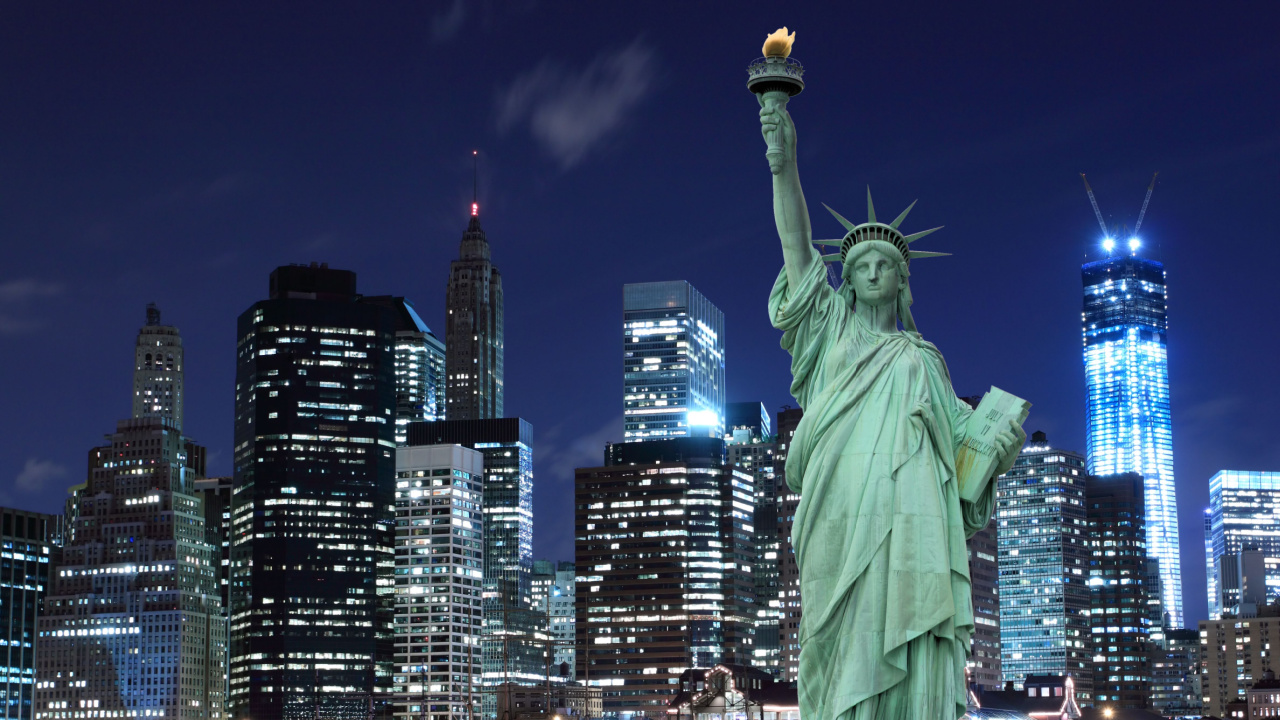
In a world where the stability of our power grid is increasingly under threat, knowing which urban areas to avoid during a blackout is crucial for any serious prepper. And which areas to escape as quickly as possible. When you’re making your survival plans, keep in mind that these are the places you don’t want to be.

